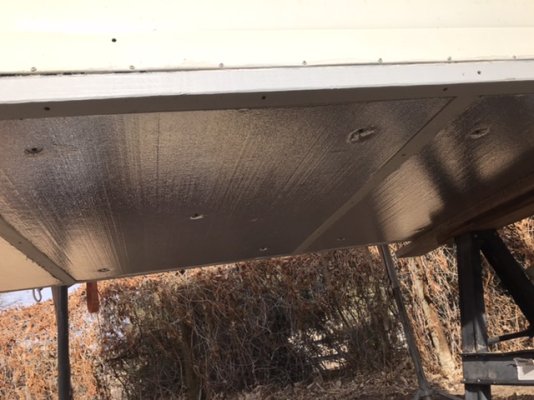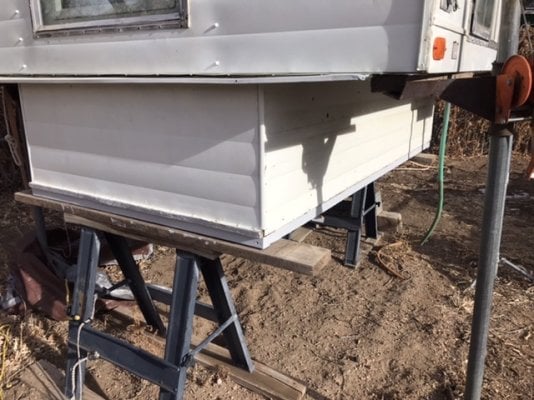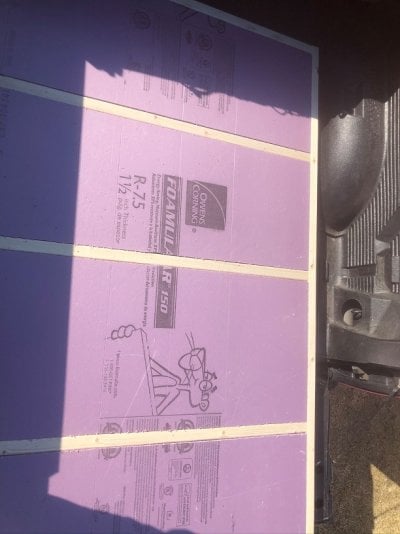Leviticus907
Advanced Member
Does anybody have experience with an insulated floor compared to a non insulated floor? I would like to be as prepped as possible for winter camping.
I'm thinking the greatest points of intrusion for the cold are the cabover folding sections and where the upper and lower camper connect.
It would be easy enough to build a false insulated floor for the camper but I wonder if it would actually help?
I'm thinking the greatest points of intrusion for the cold are the cabover folding sections and where the upper and lower camper connect.
It would be easy enough to build a false insulated floor for the camper but I wonder if it would actually help?



